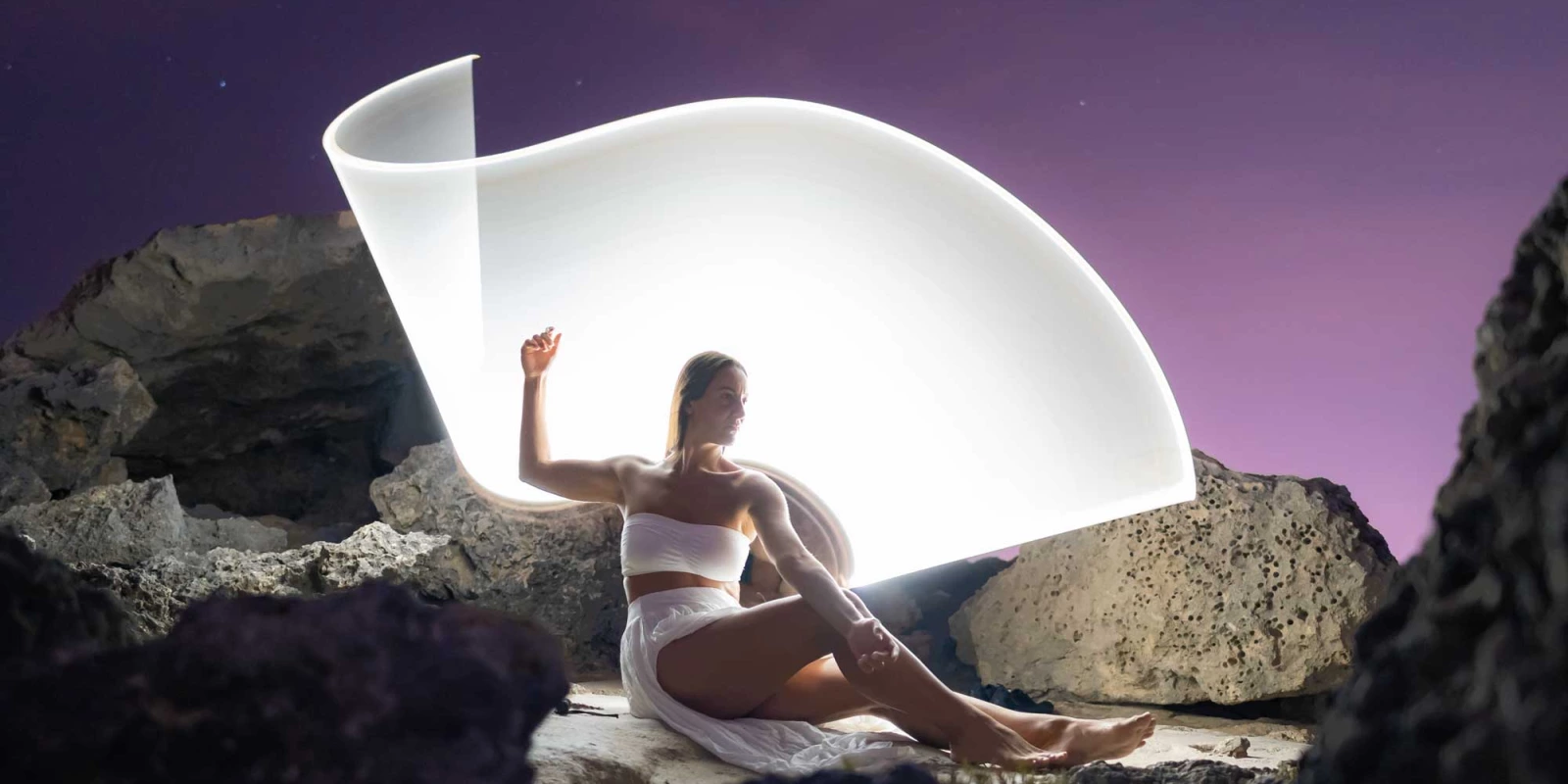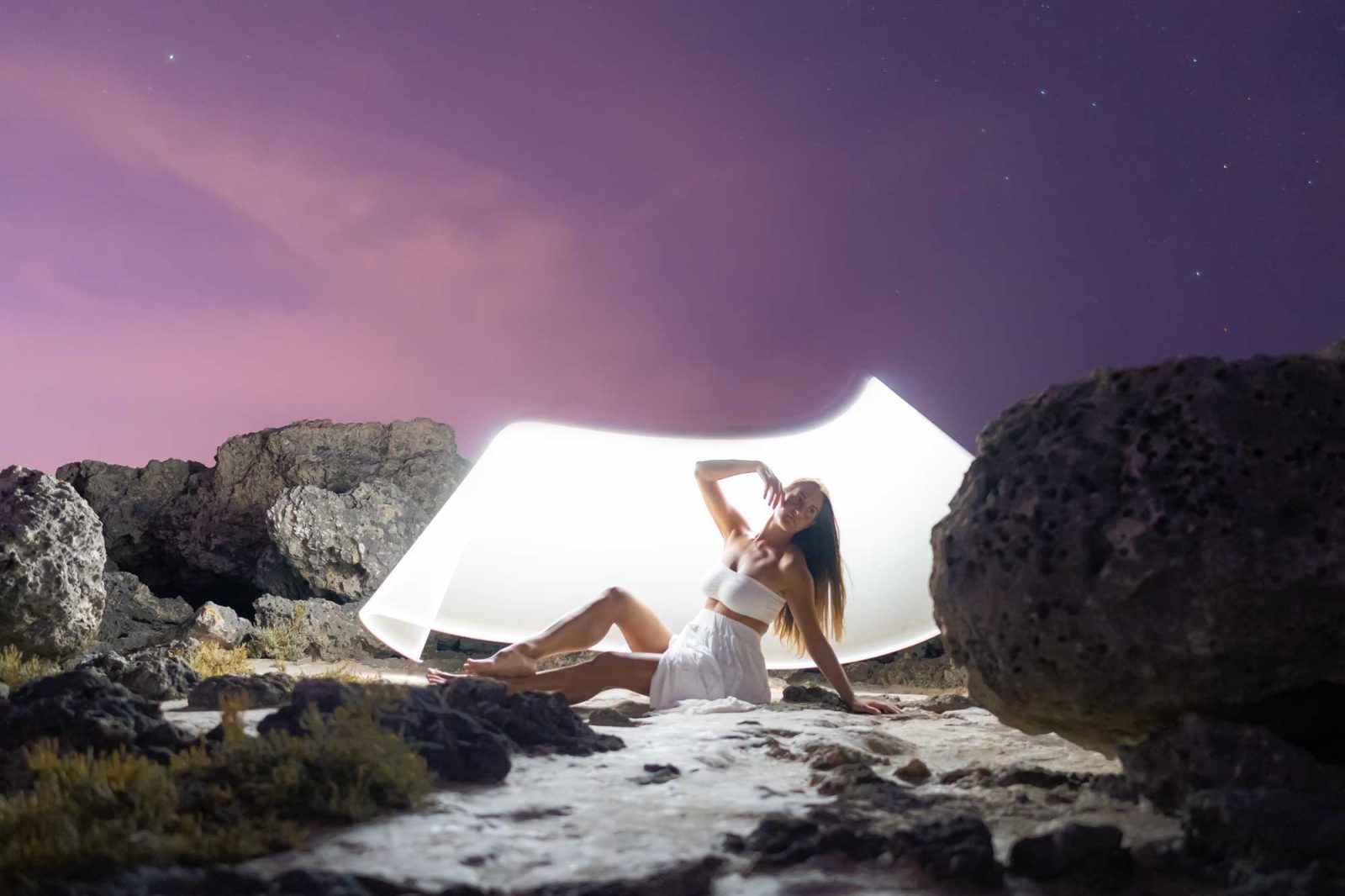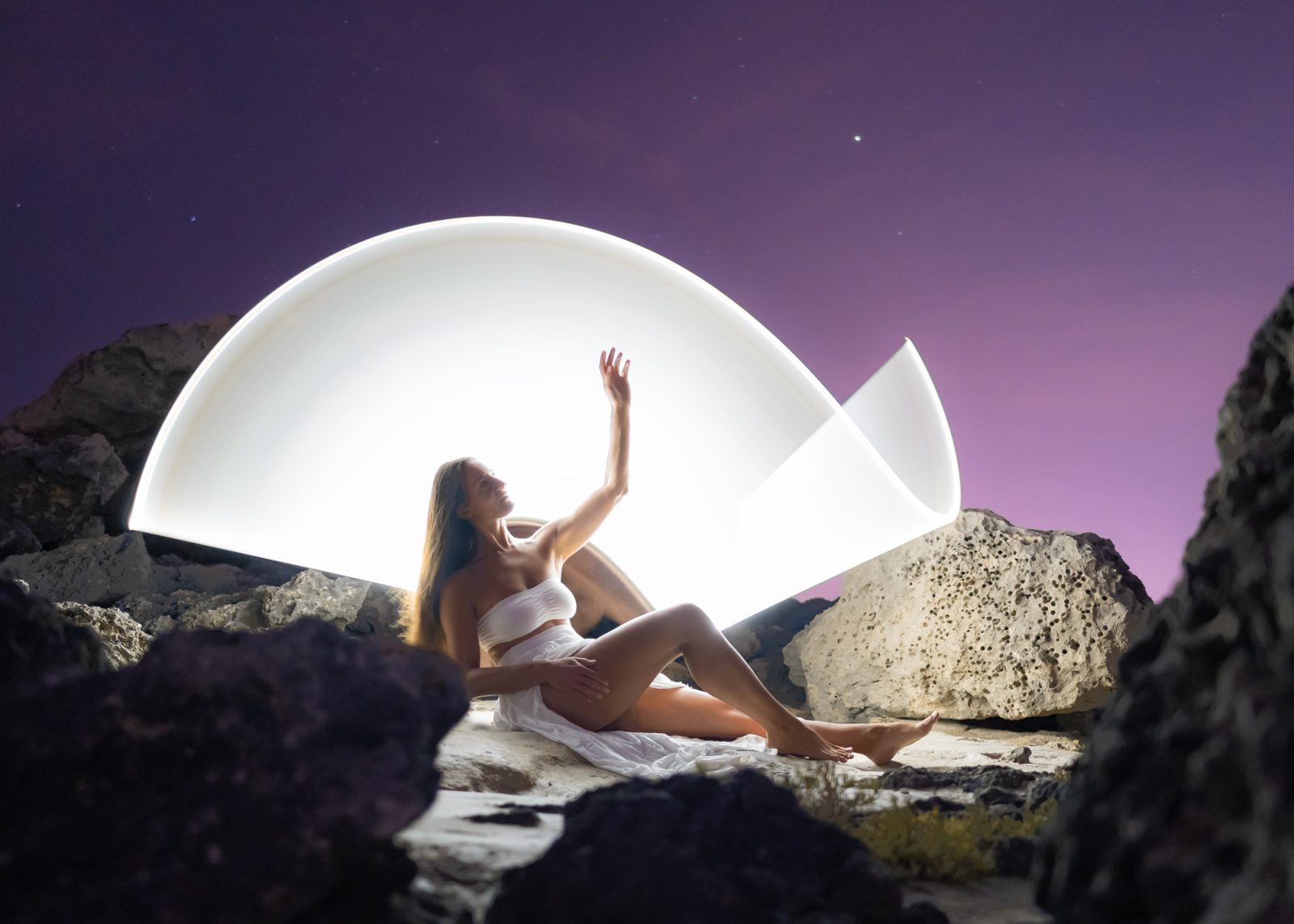
How to make Light-Painting Photo Portraits in a Narrow Space
Whether you're a beginner photographer or someone who's been at it for years, we can all benefit from a little change-up in our methods every now and then. And what better way to switch things up than by trying light-painting photo portraits in a narrow space? With this technique, you can bring out the inner artist in yourself (and your subjects)! Here's how to get started.
Light-painting definition and how it can be used for portraits
Light painting is an artistic photographic technique where a handheld light source, such as an LED flashlight, is moved around in the darkness while the camera's shutter is left open. This creates streaks of light and patterns that are used to highlight different features or characteristics in a portrait that stands out within a dark environment. Utilizing this technique can create unique and dramatic images that will draw the eyes of viewers by making them focus on particular attributes such as hair texture.
By tailoring the lighting to showcase specific elements of your subject, light painting has become an extremely popular form of creative expression for today’s photographers.

The process of setting up a light-painting photo portrait session: define a good pose, good composition
Setting up a light-painting photo portrait session requires careful consideration of the desired pose and composition. It is best practice to walk through each step with the subject, in order to ensure that the moment captured reflects their individual vision. When selecting a pose, look for things like what will evoke emotion, create a good feeling within the viewer, and accentuate the beauty of the subject.
Deciding on composition involves finding the right balance between what looks aesthetically pleasing and allows for an even distribution of light.
The key to success is experimenting: try a variety of angles and poses until you find something that perfectly symbolizes your subject's personality, beauty, or story. Remember that light-painting photography is about creating art; so take time to appreciate your subject's connection with light, movement, texture and atmosphere.
Tips for taking great light-painting photos in a narrow space
Taking light-painting photos in a narrow space or studio can be a tricky business, but with some simple tips anyone can make great images. Firstly, control your breathing and avoid micro-movements of the subject to minimize distortions or movement blurs in your shots. This is especially important for those selecting small apertures for long exposures.
Secondly, calibrate the light-painting tool to maximize body shapes and create increased depth in an image. For taller subjects use continuous waves of light and more intricate details while ensure you get nice gradients and fill lights on closer shots. The great thing about taking a light-painting shot is that multiple attempts are rarely needed: spend time refining the technique before pressing the shutter button and you'll get great results.

Ideas for using different props and techniques to create unique light-painting effects
I've found using light-painting tubes to create unique effects with light is one of the simplest and most effective ways to get creative. While I often use these, I also like experimenting with other objects and tools, including even fire. Of course, it's important to ensure safety when working with this element, but by adding a few drops of fuel and evenly spreading them in your drawing area and then adding a spark or using a lighter you can take your light-painting artistry to a new level.
Experimenting with different shapes, textures and sizes of elements can breathe life into your artwork and make for an unforgettable experience for any spectator.
How I edit light-painting photos to bring out the best results: Photoshop, Camera Raw
As a light-painting photographer, I have plenty of experience editing photos to bring out the best results. Photoshop and Camera Raw are essential tools to bring out an image's fullest potential. For light-painting photos specifically, calibrating exposure levels and enhancing the bounces in the lighting on the subject's skin can make all the difference in distinguishing well-crafted photographs from ones that simply appear flat. With careful attention to detail while editing these parameters, I am able to create dynamic images that showcase much more than just the light painting.
Light painting is a fun and interesting way to add creativity to your portraits. It can be used in a variety of settings, from urban environments to nature scenes. The key to taking great light-painting photos is to experiment with different techniques and props to find what works best for you. With a little practice, you’ll be able to create beautiful light-painted portraits that are unlike any other.
If you want to learn more about light painting or book a session, contact me today.